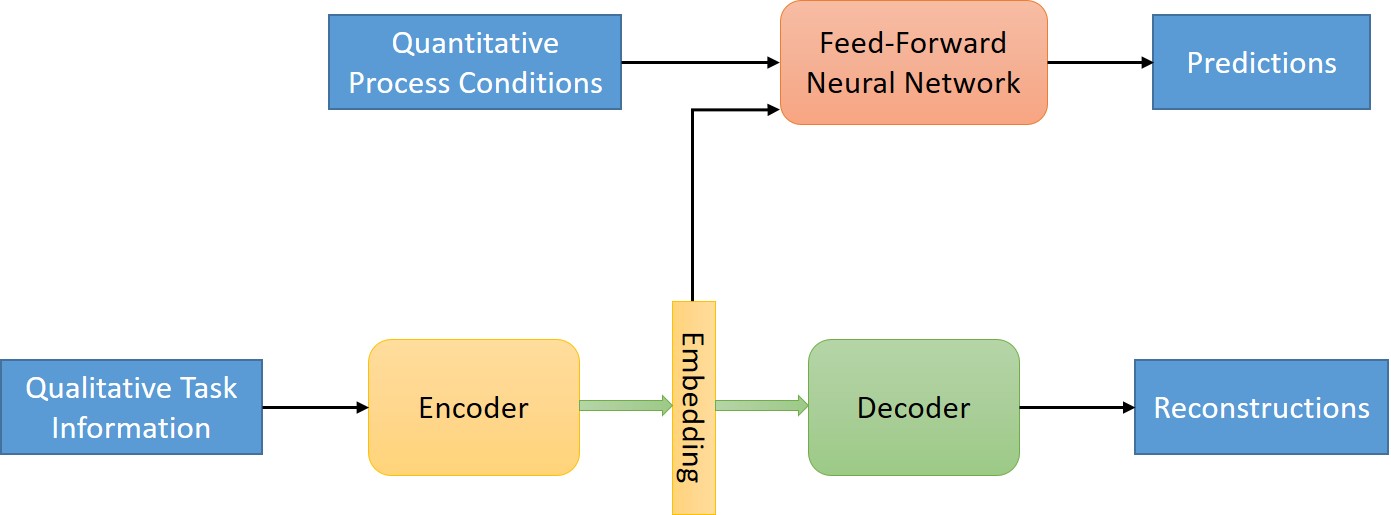
The spread of artificial intelligence (AI) technology and its application is going to make major changes in business and society. While AI technology has come to be used in more complex and important situations in industries, technical or social issues have also been visible. In this talk, I will outline the history and latest technology trends in AI. I also introduce examples of activities in chemical industry, including anomaly detection, predictive analysis, and knowledge management powered by AI technology. Real application of AI raises both technical and social issues. I will also discuss on the challenges to resolve these issues and directions for the future. which will be discussed in my talk. Finally, I will introduce the activities of The Japanese Society for Artificial Intelligence, which is the largest academic society in Japan.
Dynamic programming (DP) provides the optimal closed-loop solution in the presence of uncertainty, and the solution is free from online computation time. Reinforcement learning (RL) method aims to acquire the approximate solution of DP by resolving the intractability in the curse-of-dimensionality, while maintaining the advantages of DP. Recent advances of RL are rooted in two agnostic characteristics: first, the development of deep neural networks (DNNs) enables the approximation of high-dimensional nonlinear functions by automatically extracting the feature of the domain, and second, the algorithm does not require the structures of system and cost.
Herein, this presentation introduces both model-free and model-based applications of RL to the control and optimization of process systems engineering problems. The model-free formulation is advantageous to the system which cannot be expressed as a continuous state space model such as hybrid model and commercial simulation software. To the system where the massive trial-and-error data acquisition is impossible, the model knowledge should be taken into account to enhance the data efficiency. Based on the Hamilton-Jacobi-Bellman (HJB) formalism which states the optimality, differential dynamic programming (DDP) method is utilized as a numerical method for solving the HJB equation. The feedback control law is obtained with the local second-order approximation of the cost function and system dynamics. The resulting model-based RL formulations for a tracking problem and a constrained dynamic optimization problem are presented.
In the big data era, small data problems still exist in many industrial sectors. Taking the high-value process industries as an example, a large number of materials and process methods are often tested at the design stage. However, only a small amount of data can be collected for each material-process combination (referred to as a “task”), which poses a serious challenge to data-driven process modeling. There is a great necessity to integrate the small data measured in different tasks and build the process model by sharing the information. In this work, a deep neural network-based word embedding technique is adopted to extract the qualitative task information for process modeling. Specifically, an autoencoder is used to learn embeddings which are combined with the quantitative process conditions as the inputs of a feed-forward neural network to produce the final predictions. The feasibility of the developed method is illustrated with an extrusion process. In the studied case, the proposed network shows both good interpretability and prediction accuracy.

Many pharmaceutical companies and academic researchers are working together to develop continuous processing or flow manufacturing technology for small scale processes. Migration from batch to continuous is expected to bring about various benefits including reduction in production cost and waste, and improvement in product quality. Another advantage is the flexibility. The production volume can be easily adjusted by changing the operation time or the number of production lines. Flexibility can be further improved by modular approach, in which modules for unit operations are prepared, and processes are constructed on-demand by just connecting them each other. To achieve these goals, we need to acquire several new technologies. First, small scale continuous separation units must be developed. A new design strategy for modular flow system should be established. The modules must be designed by taking account of flexibility and optimality of production processes to be built with them. Process design will be to find the best configuration of modules, rather than calculating the flow rates and sizes. To start the operation right after connecting the modules, we must be able to build the instrumentation and control systems. The information system for the each module should be designed carefully so that the operation system, as well as the flow process itself, can be reconfigured easily. It is expected that this can be achieved through employment of IoT sensors and actuators. A database for managing the operation records, and data processing technology, including AI, are also necessary to handle and analyze a large amount of data collected from the IoT devices. The advancement in small scale modular flow technology, together with the information systems, promotes the creation of new systems concept in chemistry, including fully automated chemistry labs.